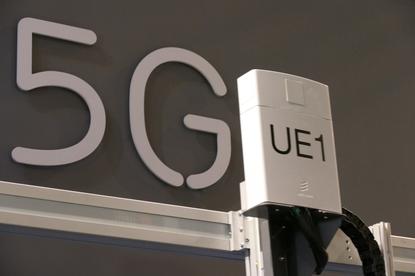AT&T wants big mobile players to form a 5G dream team
- 18 August, 2016 04:26

There are many possible ways to build what 5G is supposed to deliver, but only one standard. To avoid putting money and effort into technologies that don’t make the cut, the big mobile players want to get others on their side.
AT&T is hoping to collaborate with a set of carriers and equipment vendors that’s so broad and powerful it might be unstoppable. On Wednesday, the company said it’s having preliminary discussions with an A-list lineup of players to align their efforts on defining the future standard.
The names include Ericsson, Nokia, Huawei Technologies, Qualcomm Technologies, Intel, Samsung, and LG. AT&T also wants to pull in some big carriers, including China Mobile, Deutsche Telekom, KDDI, NTT DoCoMo, Telstra, and Vodafone. One name notably missing from the list on AT&T ‘s press release was archrival Verizon, which itself is running trials of potential 5G technologies.
The 3GPP industry group will define the 5G standard, which is expected to go into commercial use in 2020 but would have to be locked down a bit earlier to make that target. AT&T and other carriers, along with equipment makers, have already started trials of technologies they want to see in the standard.
“Interim and fragmented pre-standard specifications can distract from the ultimate goal,” Tom Keathley, AT&T’s senior vice president for wireless network architecture and design, said in a press release. “Linking trials to the standards process is the fastest path to large-scale global 5G deployment.”
Among other things, 5G is expected to help millions of IoT devices reach the cloud, give consumers gigabit speeds on their smartphones, and let moving vehicles communicate with almost no delays. But all those features probably won’t arrive at the same time in 2020. Analysts expect carriers to roll out 5G strategically where it’s needed, relying on LTE to make most ordinary connections for a long time.
Early alignment of big mobile operators in the U.S., Japan, and Korea should help speed up the development of 5G, said independent mobile industry analyst Chetan Sharma. Carriers’ first focus seems to be fixed wireless access, an alternative to fiber for home broadband. Over time, the operators are likely to use 5G where they see the potential to bring in more money per gigabyte of data delivered, he said.
